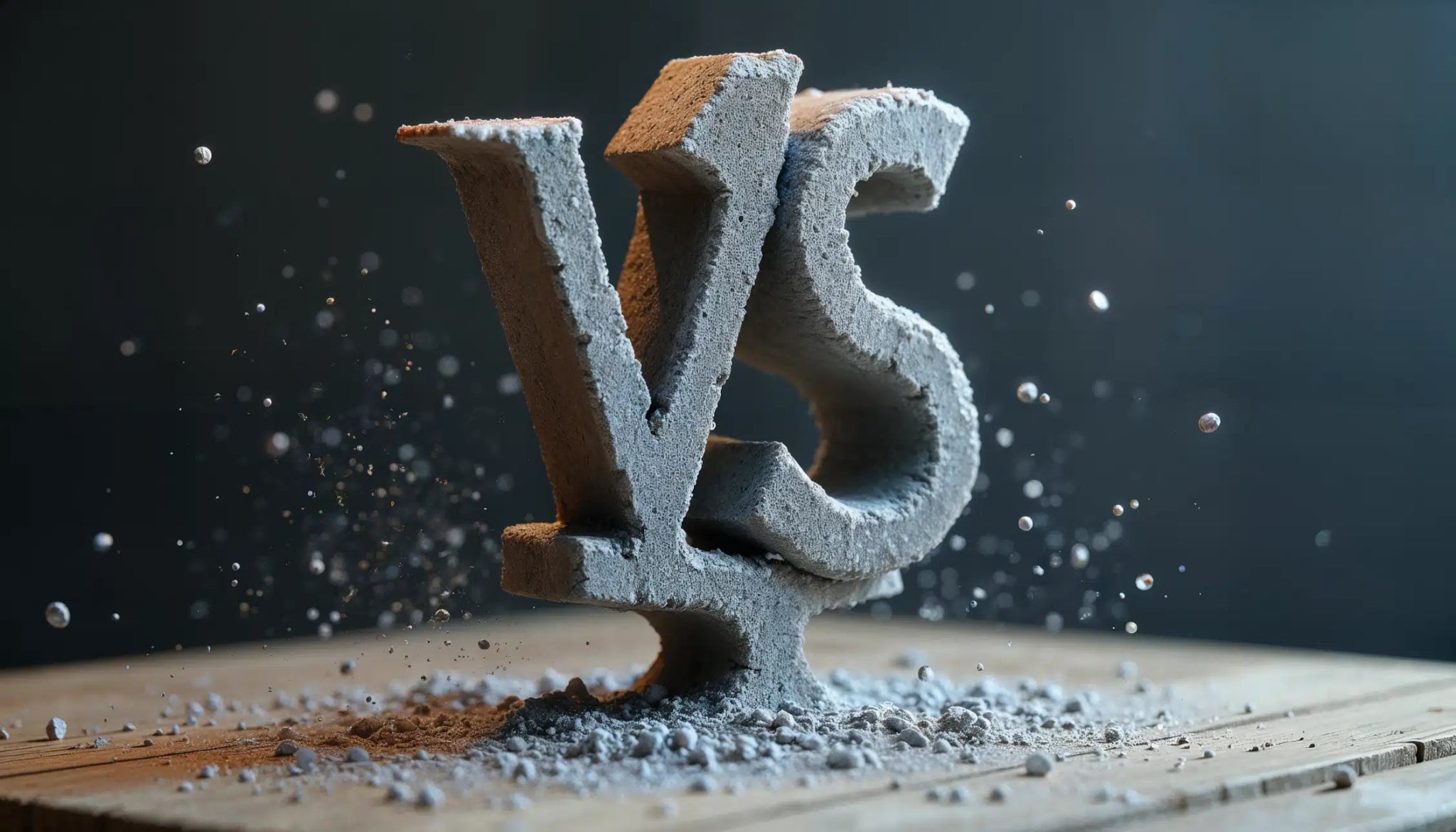When it comes to manufacturing parts and prototypes, CNC machining and 3D printing are two of the most commonly used technologies. Both methods have their pros and cons, and the right choice depends on factors like material type, precision, production speed, and cost. In this article, we compare CNC machining and 3D printing to help you find the best solution for your product.
1. What’s the Difference Between CNC and 3D Printing?
Both CNC (Computer Numerical Control) machining and 3D printing are used to create components, but the processes are fundamentally different:
CNC machining is a subtractive manufacturing process where material is removed from a solid block (metal, plastic, etc.) using milling, drilling, or turning.
3D printing is an additive process where material is built up layer by layer based on a digital model.
One method removes material, while the other builds it up—resulting in different characteristics and use cases.
2. Advantages and Disadvantages of CNC Machining
Advantages of CNC Machining
-
High precision – CNC machines can produce very accurate parts with tolerances down to 0.01 mm.
-
Strong materials – CNC can handle metals like aluminum, titanium, and stainless steel, as well as tough plastics.
-
Smoother surfaces – CNC-machined parts often have better surface quality compared to 3D printed parts.
-
Fast production for large batches – Ideal for mass production of identical parts.
-
Suitable for mechanical parts – Perfect for functional components exposed to high stress.
Disadvantages of CNC Machining
-
Material waste – Because material is removed from a block, there’s a lot of scrap.
-
Higher setup cost – CNC requires expensive cutting tools and long setup times.
-
Geometry limitations – Difficult to manufacture internal structures or highly detailed shapes.
3. Advantages and Disadvantages of 3D Printing
Advantages of 3D Printing
-
Lower production cost for small batches – No need for expensive molds or tools.
-
Manufacture complex geometries – Enables detailed designs difficult or impossible with CNC.
-
Less material waste – Only the necessary material is used, making the process more sustainable.
-
Lightweight structures – Create hollow or lightweight parts without sacrificing strength.
-
Rapid prototyping – Ideal for design iterations and testing.
Disadvantages of 3D Printing
-
Lower precision – Most 3D printing methods can’t achieve the same accuracy as CNC.
-
Mechanical limitations – Layered construction means weaker mechanical properties.
-
Post-processing may be required – Depending on the material and technology, sanding, curing, or surface finishing might be needed.
4. When Should You Choose CNC?
CNC machining is the best choice if:
-
Your product requires very high precision.
-
You’re working with strong materials like metals or hard plastics.
-
Surface finish is important and you want a smooth result.
-
You need to mass-produce identical parts.
-
The product requires high mechanical strength, e.g., in automotive or aerospace use.
Examples of CNC-manufactured products:
-
Metal brackets and mechanical parts
-
Machine components
-
Dental and medical implants
-
High-precision tools
5. When Should You Choose 3D Printing?
3D printing is the best choice if:
-
Your design is highly complex, e.g., with hollow areas or internal structures.
-
You need a fast prototype without the cost of expensive tooling.
-
You need lightweight yet strong components, e.g., in aerospace or sports equipment.
-
Sustainability and minimal material waste matter to you.
-
You are producing small series or custom designs where each unit is unique.
Examples of 3D-printed products:
-
Prototypes of new products
-
Lightweight parts for drones and robots
-
Jewelry and artistic designs
-
Customized medical implants
6. Combining CNC and 3D Printing
In many cases, the best solution is to combine CNC and 3D printing. Examples include:
-
3D-printed prototypes and CNC-machined final products – Faster iterations, stronger end-use parts.
-
CNC finishing of 3D-printed parts – Use CNC to machine critical areas for improved accuracy.
-
3D-printed molds for CNC – Speed up mold production that is later used in CNC processes.
7. Conclusion: Which Method Is Best for Your Product?
| Parameter | CNC Machining | 3D Printing |
|---|---|---|
| Precision | High (up to 0.01 mm) | Medium (0.1–0.3 mm) |
| Materials | Metal, hard plastics, wood | Plastics, resin, some metals |
| Production speed | Fast for large series | Fast for small series |
| Complexity | Tool-limited | Nearly unlimited |
| Cost | High for small batches | Low for small batches |
| Material waste | High | Low |
| Post-processing | Minimal | Often required |
CNC machining is ideal for precise, strong, and mass-produced parts, while 3D printing is best for fast prototypes, complex designs, and small batches. If you're unsure, combining the two technologies may give you the best of both worlds.
Need help choosing the right manufacturing method? Contact Maker Factory today!



Share:
3D Print Optimization: How Smarter Design Saves Time and Money
How to Use 3D Printing for Faster Product Development and Prototyping